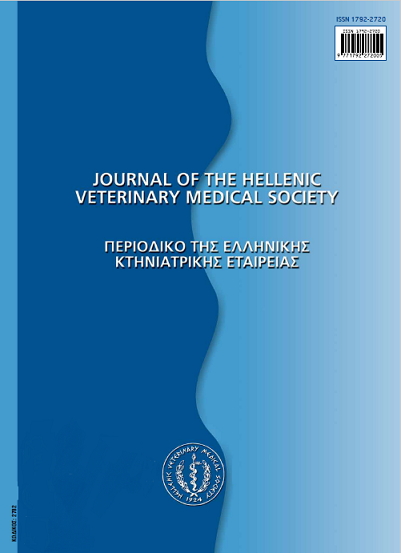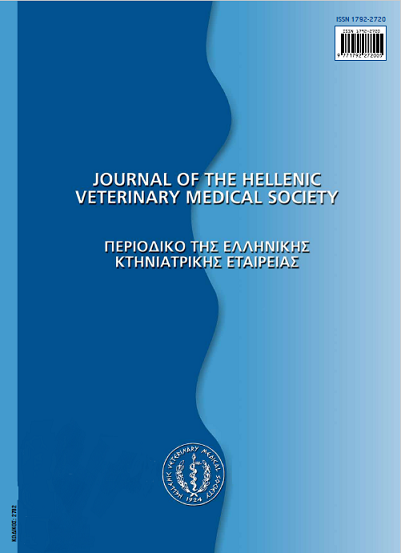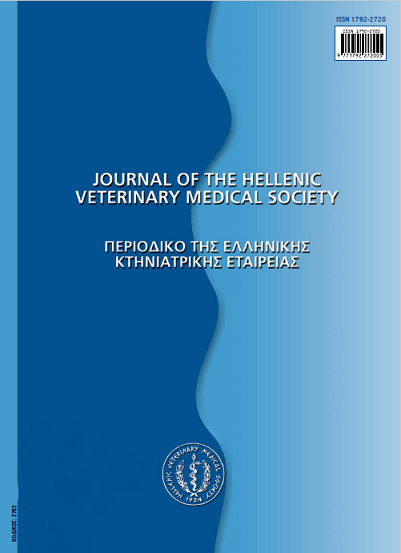Results of challenge of goats with Staphylococcus aureus into the teat of the udder

Abstract
Objective of the present study was to study the outcome of inoculation of Staphylococcus aureus into the teat duct of female goats, which simulates mammary natural infections. In total, 22 lactating goats were used in the study; 8 animals were challenged with a S. aureus strain at a depth of 2 mm into one teat duct (group A), 8 animals were challenged with the same strain at 6 mm into one teat duct (group B) and 6 animals were challenged directly into one gland cistern (group C). Challenge dose was always 1300 cfu. Animals were examined clinically before and after challenge; milk samples were collected for bacteriological and cytological examination, and milk yield measurements were also performed. Goats in group A or B developed a significantly milder response than animals in group C. It is concluded that the evidence indicates a protective role of the normal teat of the udder of goats and that the results also underline the significance of maintaining healthy teats for prevention of mastitis in dairy herds.
Article Details
- How to Cite
-
TZORA, A., VOIDAROU, C., KARAMOUTSIOS, A., & SKOUFOS, J. (2018). Results of challenge of goats with Staphylococcus aureus into the teat of the udder. Journal of the Hellenic Veterinary Medical Society, 67(4), 237–242. https://doi.org/10.12681/jhvms.15644
- Issue
- Vol. 67 No. 4 (2016)
- Section
- Research Articles

This work is licensed under a Creative Commons Attribution-NonCommercial 4.0 International License.
Authors who publish with this journal agree to the following terms:
· Authors retain copyright and grant the journal right of first publication with the work simultaneously licensed under a Creative Commons Attribution Non-Commercial License that allows others to share the work with an acknowledgement of the work's authorship and initial publication in this journal.
· Authors are able to enter into separate, additional contractual arrangements for the non-exclusive distribution of the journal's published version of the work (e.g. post it to an institutional repository or publish it in a book), with an acknowledgement of its initial publication in this journal.
· Authors are permitted and encouraged to post their work online (preferably in institutional repositories or on their website) prior to and during the submission process, as it can lead to productive exchanges, as well as earlier and greater citation of published work.




